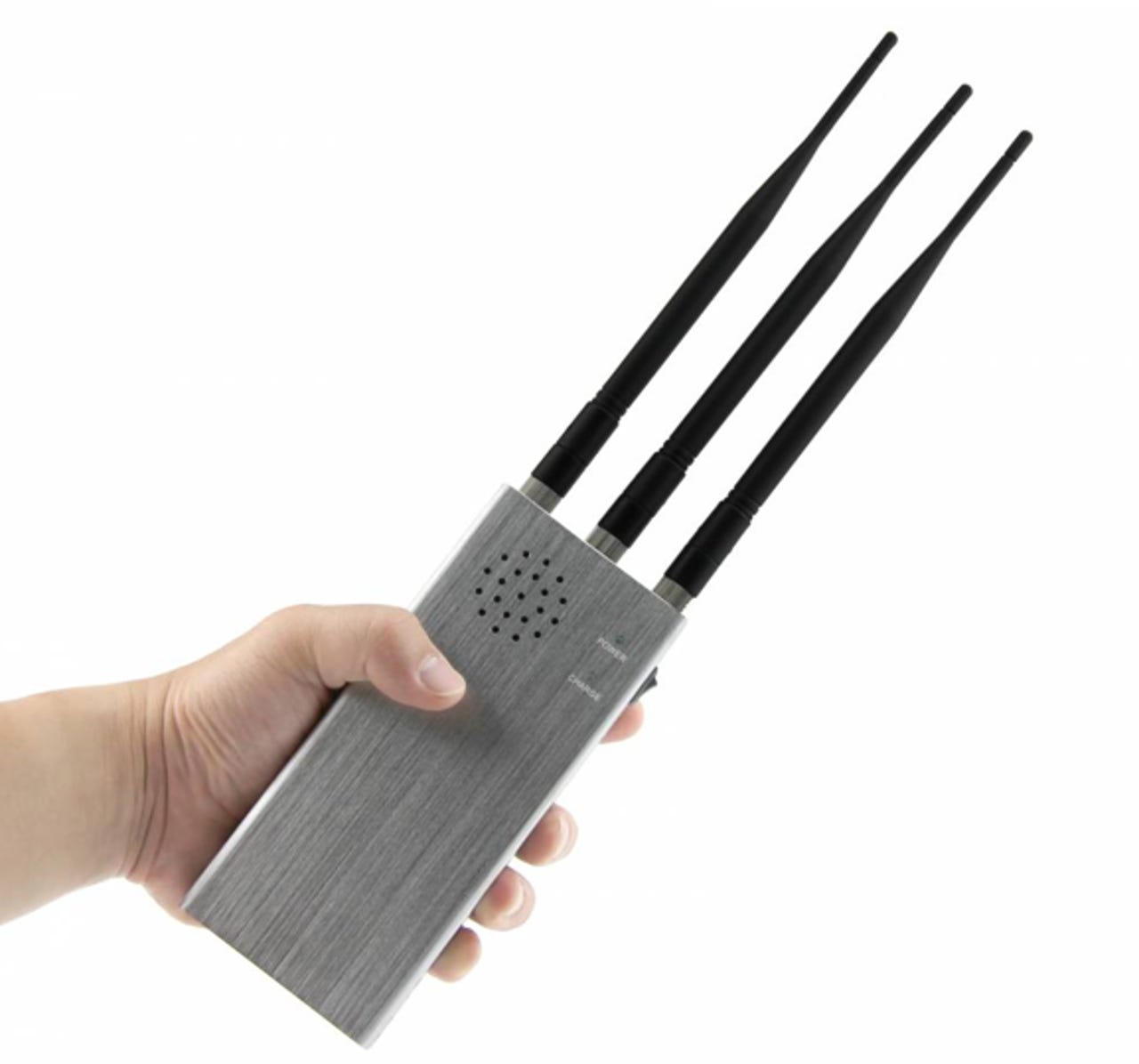Who is really in the driver’s seat? Unknown digital threats to your car’s security

Money Supermarket surveyed drivers and discovered that less than 1 percent (0.6 percent) of drivers are aware of the most common hacking flaws their car might face. These vulnerabilities could have a significant effect on driver safety.
They include the car being tracked, controlled remotely or having its safety features disabled. Almost four out of five drivers (79 percent) do not know if their insurance policy would cover them if their car was hacked. Here are some ways you can protect yourself.
Keyless entry
Normally, your remote car key signal will not reach from inside your house to a car outside. But, by using a 'relay box', criminals can boost the signal from your keys when the keys are away from the vehicle, spoof the exact signal - causing your car to unlock, and allowing the thief access.
How to stay safe: Try to disable your key signal while you are parked. Keep your key away from the front door. Consider keeping it in secure container - ask your manufacturer, dealer, or garage for advice.

Keyless jamming
Criminals can use tools to prevent your car key's locking signal from reaching your car. This means that your car remains unlocked when you move away from it, and the thieves are able to access your unsecure vehicle.
How to stay safe: Always check your door manually. Use a steering lock. Never leave valuables in the car. Avoid loading bought items into your vehicle in a retail car park and then returning to the store or another outlet.
Tyre pressure monitor systems
Hackers are able to interact with sensors inside a vehicle's tyres to track the vehicle and display false tyre pressure readings. The practical application of this type of hack is less obvious, but you could damage your tyres if hacked.
How to stay safe: double check your tyre pressures on a regular basis. Ask the car manufacturer for guidance.
App flaw local and remote control
Some telematics companies provide vehicle security and tracking for a number of vehicles. While you might not directly use the features from these apps, many cars may possess them without your knowledge, as many vehicle tracking apps integrate with the technology.
A misconfigured or deliberately altered server allows hackers to locate, unlock and even potentially start the engine of nearby cars.
How to stay safe: consult with your car manufacturer for guidance and support.
Controller Area Network disabled safety features
Using vulnerabilities in a car's Wi-Fi or phone connections, hackers can access the internal car network and send 'denial of service' signals which can shut down air bags, anti-lock brakes, and even door locks.
How to stay safe: ask the vehicle manufacturer for advice. Change your passwords regularly.
On-board diagnostics hack
Cars possess a feature called an "on-board diagnostic port" that allows garages to access the internal data of a vehicle to perform tasks such as checking service light faults and programing new keys for their owners. However, kits which can use this port to program new keys can cost as little as $80, and hackers can use these to create new keys to access vehicles.
How to stay safe: always use a trusted, reputable garage and double-up on security with a steering lock or other physical device.
Phone phishing
Wi-Fi access to your car is made all the more easy if you fall prey to a standard phishing scheme in advance.
Hackers will send emails with links to malicious websites or apps that then take your details or even take control of any applications you might have on your phone that enable you to interact with your vehicle.
How to stay safe: treat all emails from unknown senders with caution and, if in doubt, do not open or click on any links.